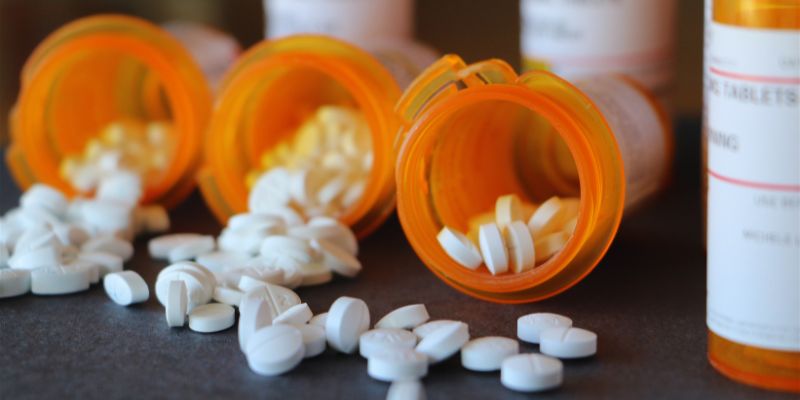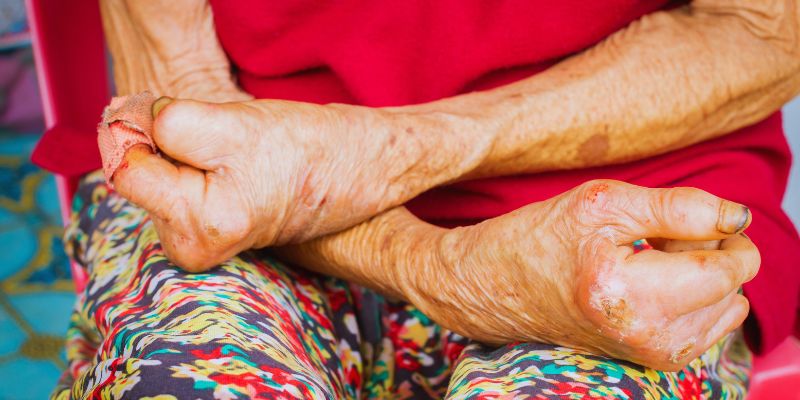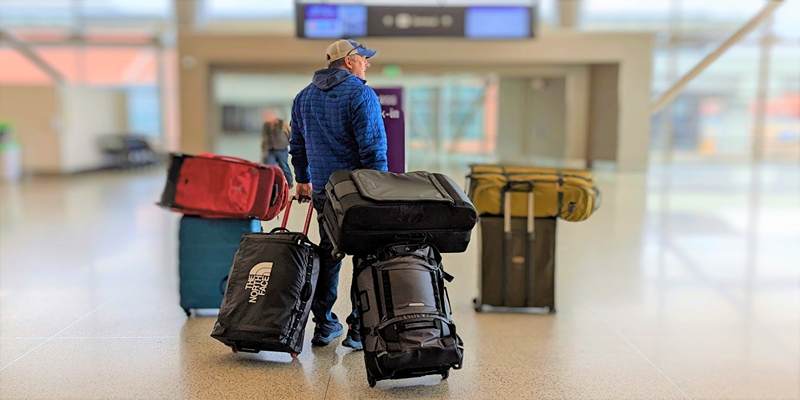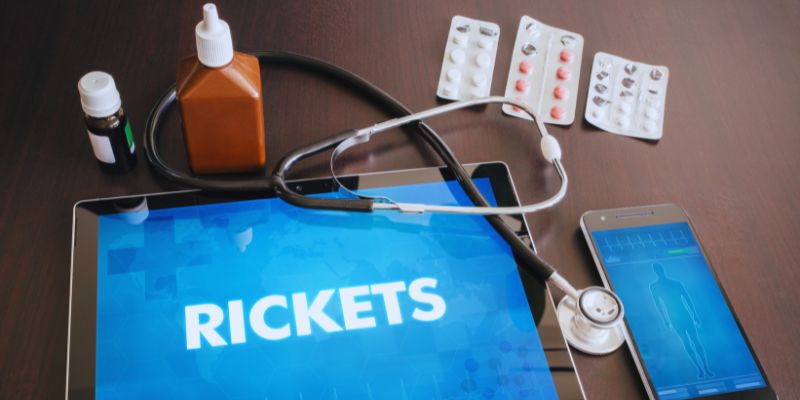Effective Methods Of Treating Myofascial Pain Syndrome: A Comprehensive Guide
The disorder known as myofascial pain syndrome causes ongoing muscular aches and stiffness. It results from sensitive trigger points in the muscles tightening and creating knots that cause pain and restricted mobility. If untreated, this discomfort may get severe and greatly influence everyday activities and quality of life. The good news is that efficient treatments are now available to control and lessen symptoms.
Early therapy is essential to prevent the problem from worsening and regain control over your life. This article will discuss the main strategies—in-office treatments, medications, and at-home remedies. Knowing these choices will enable you to select the best strategies for treating Myofascial Pain Syndrome and enhancing your quality of life.
What is Myofascial Pain Syndrome?
A persistent disorder, myofascial pain syndrome causes muscle and surrounding tissue discomfort. It arises from muscle tension, damage, or misuse, forming tight, sensitive regions in the muscles known as trigger points. Usually causing pain in particular regions or radiating discomfort to other body parts, these trigger points might feel like little knots under the skin. Although any muscle group can be affected by this disorder, it most usually affects the neck, shoulders, back, and hips.
Those with Myofascial Pain Syndrome could have throbbing pain, ongoing muscle tightness, and trouble doing regular chores. Stress, bad posture, or repeated motions can aggravate symptoms, making managing the illness more difficult. Unlike transient muscular discomfort, myofascial discomfort syndrome does not go away when resting alone. It usually calls for focused treatment using self-care products, medications, or physical therapy.
In-Office Treatments for Myofascial Pain Syndrome
Often advised in-office treatments by healthcare professionals are direct targets for trigger points and pain relief. Effective for severe symptoms, these therapies are carried out under expert direction.
- Dry Needling: Dry needling releases muscle tension through small needles placed into trigger sites. This method lowers stiffness, boosts blood flow, and offers instant relief. Safe and desired results depend on a qualified specialist.
- Trigger Point Injections: In this technique, a doctor injects a topical anesthetic—such as lidocaine—into the trigger point. The anesthetic numbs the area, lessens discomfort, and releases muscle tension. Trigger point injections are particularly beneficial for severe, localized pain.
- Spray and Stretch: Coolant spray is used to numb the trigger point. The provider gently extends the muscles next to it. This combo increases flexibility and helps to ease discomfort.
- Low-Level Light Therapy (Cold Laser Therapy): This treatment stimulates the release of painkillers through lasers. It accelerates muscle recovery and helps lower inflammation.
- Ultrasound Therapy: Sound waves in ultrasonic therapy pierce far into the muscles. This procedure increases healing and releases stiff muscles. It is mostly applied for pain management and is non-invasive.
- Transcutaneous Electrical Nerve Stimulation (TENS): The basis of TENS treatment is attaching pads to the skin around the trigger points. The pads block pain signals and lower discomfort as low-voltage electrical signals pass through them.
- Relaxation Therapies: Techniques for relaxation, including cognitive-behavioral therapy (CBT), biofeedback, and acupuncture, help lower tension and anxiety. Crucially for controlling chronic pain, these treatments enhance general well-being and the quality of sleep.
- Physical Therapy: Physical therapy is the treatment's pillar. Exercises help therapists strengthen, stretch, and release muscles. While strengthening activities balance problematic areas, stretching exercises provide flexibility. Through better posture and alignment, physical therapy also helps avoid future discomfort.

Medications for Myofascial Pain Syndrome
Another crucial component of treatment is medications. They ease discomfort, loosen muscles, and enhance sleep.
- Nonsteroidal Anti-Inflammatory Medications (NSAIDs): NSAIDs that lower inflammation and ease pain include naproxen and ibuprofen. These medications help control pain and edema around trigger sites.
- Muscle relaxants lessen muscle tension and stiffness. They are quite beneficial for individuals with extreme muscle stiffness.
- Steroids: Sometimes, doctors write prescriptions for steroids to lower inflammation in afflicted muscles. Usually used temporarily, steroids provide relief.
- Antidepressants: Some antidepressants change how the brain interprets pain signals, therefore helping to control persistent pain. Crucially for recuperation, they also help with stress reduction and better sleep quality.
- Sedatives: If pain disturbs sleep, sedatives could be recommended. Restful sleep is vital for muscle repair and general health; these medications help patients get it.
- Pain Relievers: Mild to moderate pain can be relieved over the counter by acetaminophen or prescription painkillers. These medications offer only brief relief; they are usually used in concert with other treatments.

At-Home Remedies for Myofascial Pain Syndrome
Home remedies can be quite successful for symptom management and flare-up prevention. These techniques help people take charge of their illnesses and complement expert therapies.
- Hot and Cold Therapy: Ice packs numb pain and help lower inflammation. Heat packs increase blood flow and help relax muscles. Using heat and cold therapy alternately will help with relief.
- Myofascial Pain Syndrome Exercises: Regular exercise helps muscles stretch and strengthen. While stretching exercises promote flexibility, weight-bearing activities strengthen muscles. Like swimming or walking, aerobic exercises increase blood flow and oxygen to muscles.
- Over-the-Counter Medications: Mild discomfort can be managed with over-the-counter medications, including NSAIDs or acetaminophen. Avoid taking these, nevertheless, with prescription medications without first seeing your doctor.
- Relaxation Techniques: Meditating, breathing exercises, or yoga help relax muscles and lower stress. These approaches also help mental health, which is very important for controlling long-term pain.
- Dietary Changes: A balanced diet can boost general health and lower inflammation. Avoid meals that cause inflammation, like processed goods or sweet treats. Add anti-inflammatory foods such as fruits, veggies, and omega-3-heavy choices.
- Warm Water Soaks: Soaking in warm water allows muscles to relax and stiffness to be released. Epsom salts help lower inflammation, improving the impact.
- Massage Therapy: Frequent massages lower muscular tension, boost circulation and encourage relaxation. A professional therapist can perform massages at home or use self-massage instruments.
Conclusion:
Managing Myofascial Pain Syndrome calls for at-home cures, medications, and expert therapies combined. Preventing the condition from aggravating and enhancing the quality of life depends critically on early diagnosis and care. While medications help with inflammation and discomfort, in-office treatments include physical therapy, dry needling, and relaxation techniques that target the fundamental cause. Complementary at-home treatments include dietary changes, exercise, and hot and cold therapy to help people control their symptoms properly.












